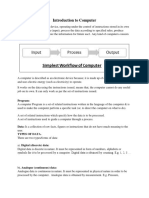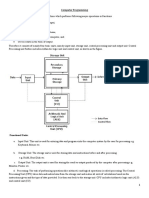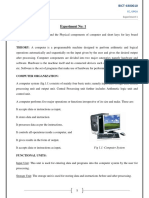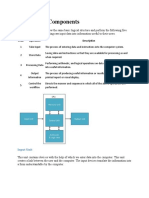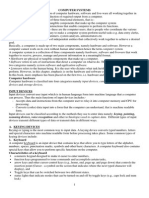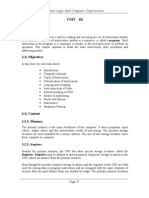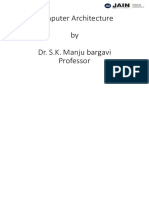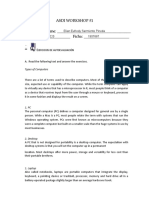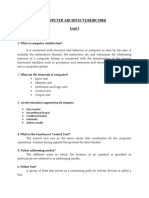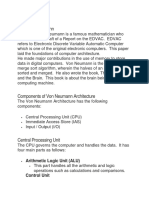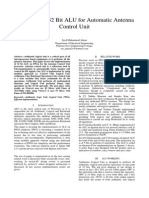0% found this document useful (0 votes)
20 views23 pagesComputer - Components
Computer systems consist of three main components: the Central Processing Unit (CPU), input devices, and output devices. The CPU, often referred to as the brain of the computer, includes the Control Unit, Arithmetic Logic Unit, and Memory Unit, which work together to process data and execute instructions. Input devices like keyboards and mice provide data to the computer, while output devices such as monitors and printers display or print the processed information.
Uploaded by
Deepesh MishraCopyright
© © All Rights Reserved
We take content rights seriously. If you suspect this is your content, claim it here.
Available Formats
Download as PDF, TXT or read online on Scribd
0% found this document useful (0 votes)
20 views23 pagesComputer - Components
Computer systems consist of three main components: the Central Processing Unit (CPU), input devices, and output devices. The CPU, often referred to as the brain of the computer, includes the Control Unit, Arithmetic Logic Unit, and Memory Unit, which work together to process data and execute instructions. Input devices like keyboards and mice provide data to the computer, while output devices such as monitors and printers display or print the processed information.
Uploaded by
Deepesh MishraCopyright
© © All Rights Reserved
We take content rights seriously. If you suspect this is your content, claim it here.
Available Formats
Download as PDF, TXT or read online on Scribd
/ 23



















